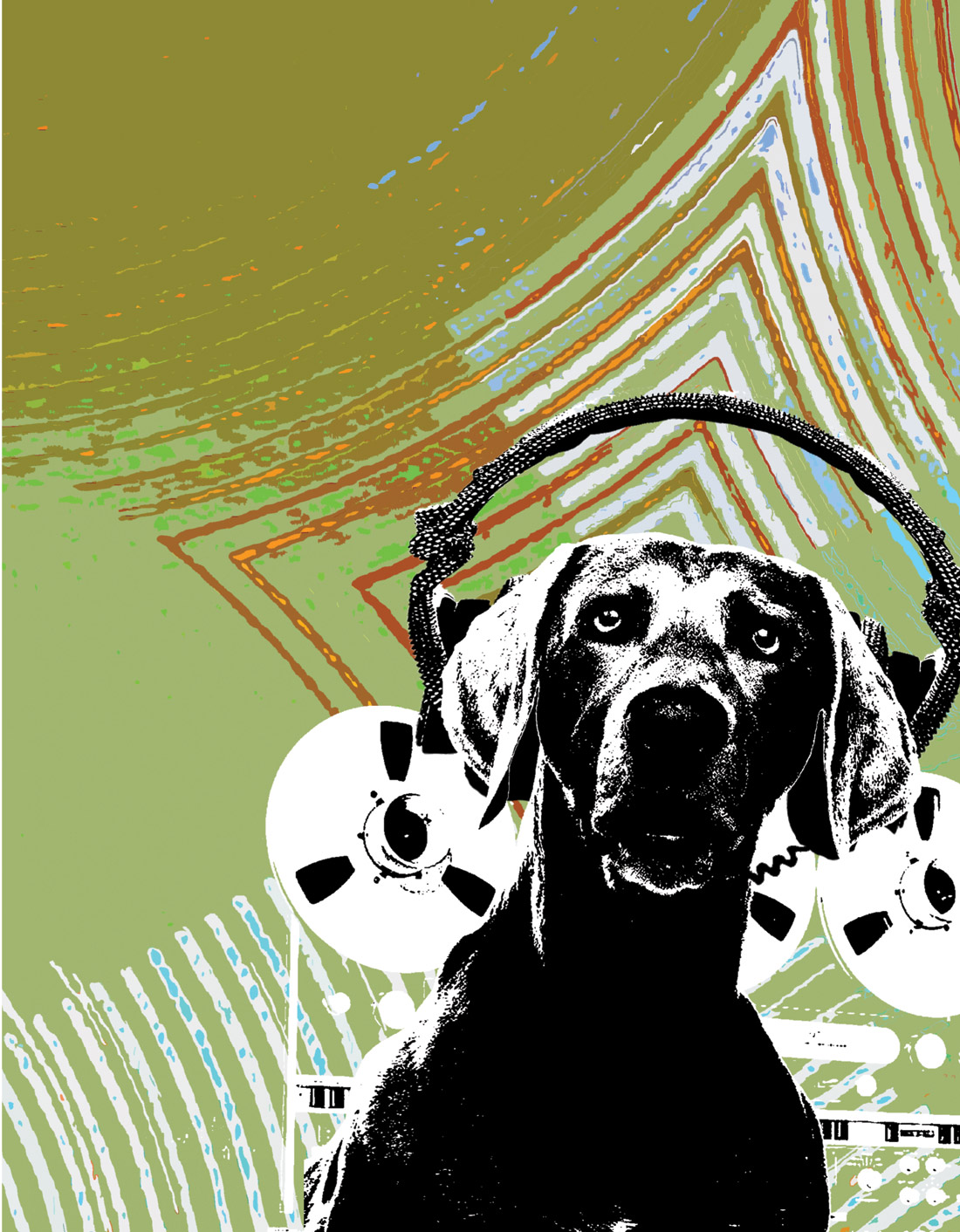As an integrated system with hardware controller and soft-synth designed together, Analog Factory Experience may just be the first "hybrid synthesizer". The controller is an exact physical representation of what you see on the screen with all controls mapped accordingly. (Note that an earlier, software-only version of Analog Factory was reviewed in Tape Op #57.)
The controller is, simply, the best small USB keyboard MIDI controller I've come across. With cream paint over a metal body and wood end-caps, it has the look, feel, and weight of a high-end synth. Upon touching the keys, wheels, knobs and buttons, I knew this was an instrument on which I could really make music. The feel is smooth, solid, positive and quiet-nothing like the flimsy, clacky plastic affairs that make up the bulk of the small keyboard MIDI controller market. I believe that any instrument should, through its tactile interface, inspire the user on a physical level, and the Arturia certainly does. You might think of the Arturia as the Les Paul of small MIDI controllers.
Rather than offer full-on replicas of analog synths as they do with their other products, Arturia has packaged together 3500 presets derived from their digital replicas, including Minimoog V, Moog Modular V, Jupiter 8V, Prophet V, Prophet VS,Arp2600V,andYamahaCS-80V.Toselectthepresets, you use the on-screen browser, a very flexible database manager that lets you easily filter through the massive list of presets (and you can use the controller to select presets too, abandoning the mouse all together). For example, click on Minimoog, then on Bass, then on Aggressive, and you've narrowed your search down to a handful of presets. Click on Jupiter 8, Strings, and Ambient and you've got a whole different subset of the presets to chose from. You can also skip any of the search criteria or compile them. Perhaps you want to search all synths for sequences or both Moogs for complex ambient pads. All presets can be tweaked and saved as a User Preset, which you can name and also assign the various search criteria. Within minutes, I had modified a Moog bass and named it "Allen's Minimoog Thumper." It couldn't be easier.
For tweaking, every preset has controls for volume, cutoff, resonance, LFO rate, LFO amount, chorus, delay, ADSR (on faders), as well as four "key parameters." The key parameters control the important aspects of the preset as chosen by the programmer, allowing you to tweak the "key" aspects of the sound. I've found that these controls are more than enough to highly modify the sounds and create my own distinctive presets. To know what the four key parameters are for each preset, version 2.2 of the software includes four small panels on the screen describing them (e.g., Envelope Amount, Osc 1 Level, etc.). For people who want to call up some great sounds, tweak them, and start making music, Analog Factory offers just enough control over the presets to customize them without overwhelming the user with programmability.
The sounds are amazing-huge Minimoog basses, brash Prophet brasses, elegant Moog Modular sequences, lush Jupiter 8 string patches, bizarre sound effects, cool electro percussion stabs, angelic CS-80 organ sounds, nasal square-tooth and buzzing saw-tooth leads, warbly ARP 2600 sweeps, lacey ring-mod chimes. I've created whole productions of songs using only Analog Factory (drums included) and am thrilled with the results. These are fat, thick, rich, three-dimensional tones that inspire me every time.
Yes, it's true that there is an appreciable difference between the real-deal and these models, but I'm willing to say that Arturia has made that difference as small as I've seen it to date. For $300, I'm creating fat, warm, lush synth tracks that would have cost many thousands of dollars to create from analog synths. Hitting some transformers on hardware inserts during mixdown adds just enough extra sonic girth to bring these tracks into full bloom. I'll also mention that the digital system you're using makes a big difference. On Pro Tools HD clocked to a Cranesong HEDD, all running on balanced power and coming out of my Focal Solo6 Be monitors (Tape Op #60), the sound is "there" in a way that isn't going to happen on a USB-powered Mbox with headphones.
As Thom Monahan mentioned in his review of Arturia Jupiter 8V (Tape Op #67), the software is fairly processor-intensive, especially in Pro Tools. I did find myself increasing the hardware buffer size when using multiple instances of the synth, and there were times when the controller wasn't talking to the software. But, by the time this goes to print, Arturia may have already offered a bug-fix, or I might have upgraded to Pro Tools 8-software is a moving target. The standalone version has been flawless. (Visit Arturia's website for details on compatibility with your system).
To be honest, I was ready to buy just the physical MIDI controller for $300-it's that nice-and yes, you can use it to control any MIDI software. When you include the perfectly integrated software synth in this package, it's a pretty insane deal. Go download the demo and hear it for yourself, but don't underestimate the importance of hardware/software integration in making this hybrid synth a winner. This design gives me a lot of hope for the possibility of having increasingly soulful connections to modeled analog instruments.
($349 MSRP; www.arturia.com)
Tape Op is a bi-monthly magazine devoted to the art of record making.




_disp_horizontal_bw.jpg)